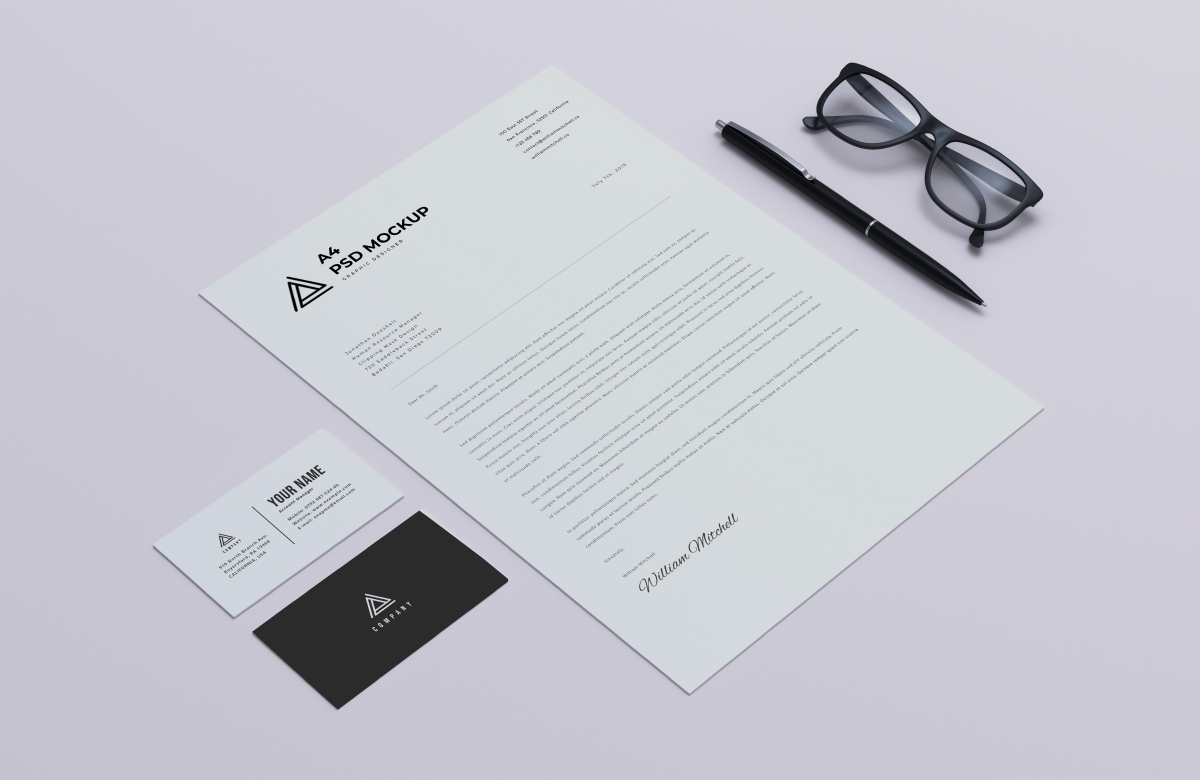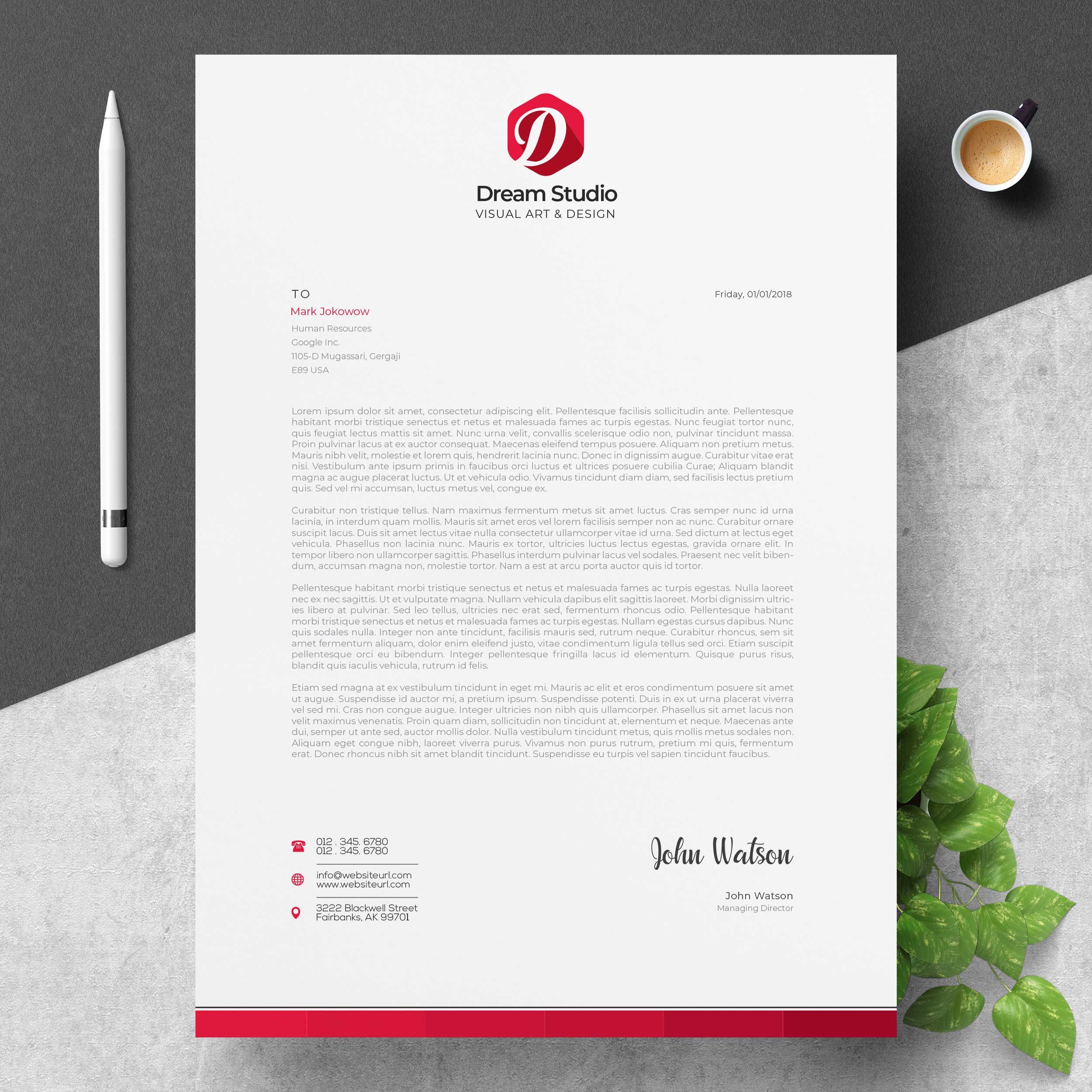
When it comes to establishing a professional brand identity for your business, two essential tools that often come to mind are letterhead and business cards. These seemingly small details can have a significant impact on how your customers perceive your brand and can play a crucial role in building trust and credibility. In this article, we will explore the importance of letterhead and business cards in creating a strong brand image, as well as provide tips on how to design them effectively.
The Power of Letterhead

H2: What is letterhead and why is it important?
Letterhead refers to the personalized stationary used by businesses for official correspondence. It typically includes the company name, logo, contact information, and sometimes a slogan or tagline. This printed representation of your brand plays a vital role in establishing credibility and professionalism in the eyes of your clients or partners.
Having a well-designed letterhead helps create a consistent and cohesive image for your business. It ensures that every communication sent out bears the mark of your brand, reinforcing your brand’s identity and values. Moreover, letterhead adds a touch of professionalism and attention to detail, making a lasting impression on the recipient.
H2: Key elements of an effective letterhead design
When designing a letterhead for your business, there are a few key elements that you should consider:
- Logo and Branding: Your logo is the visual representation of your brand, so it’s essential to include it prominently on your letterhead. Make sure the logo is high-resolution and positioned in a way that it is easily recognizable. Additionally, ensure that the color scheme and fonts used align with your overall brand identity.
- Contact Information: Include your business’s contact information, such as the company’s name, address, telephone number, and email address. This information helps potential customers easily get in touch with you, reinforcing a sense of trust and accessibility.
- Typography: Choose fonts that are easy to read and align with your brand’s aesthetic. Consistency in font choice across your branding materials, including letterhead, helps create a cohesive and professional look.
- Whitespace and Alignment: Pay attention to the overall layout and spacing of your letterhead. Ensure that the design elements are properly aligned and that there is enough whitespace to create a balanced and visually pleasing composition.
- Paper Quality and Texture: While not directly related to design, choosing high-quality paper can enhance the perceived value of your letterhead. Consider paper options that align with your brand’s image, such as textured or recycled paper.
By carefully considering these elements, you can create a letterhead that effectively represents your brand and leaves a positive impression on recipients.
The Significance of Business Cards

H2: Why are business cards still relevant?
In an increasingly digital world, where information can be exchanged at the tap of a screen, you might wonder if business cards are still relevant. However, business cards continue to be an essential tool for business professionals, and for good reason.
First and foremost, business cards provide a tangible representation of your brand that can be easily shared and remembered by potential clients or partners. By exchanging business cards during networking events or meetings, you establish a personal connection and leave a lasting impression on the recipient.
Moreover, business cards serve as a quick reference for important contact information. Instead of relying on someone’s memory or searching through digital contacts, a business card provides all the necessary details in one place. This convenience can make it easier for potential clients or partners to reach out to you, potentially leading to valuable business opportunities.
H2: Designing an impactful business card
To create a business card that effectively represents your brand and resonates with your target audience, consider the following design elements:
- Branding Consistency: Ensure that your business card aligns with your overall brand identity. Use the same logo, color scheme, fonts, and tone of voice to create cohesiveness across all marketing materials.
- Contact Information: Include essential contact details such as your name, job title, company name, phone number, email address, and website. Depending on your industry and preferences, you may also want to include social media handles.
- Minimalist Design: Keep the design clean and uncluttered. Avoid overcrowding the card with excessive text or graphics. Instead, focus on essential information and utilize whitespace for visual appeal.
- Readability: Choose legible fonts and ensure that the text size is large enough for easy reading. Including a QR code with your website or LinkedIn profile can also provide a quick way for recipients to access more information about you.
- Paper Quality and Finish: While the design is crucial, the physical characteristics of the business card also play a role in making a lasting impression. Consider using high-quality paper with a finish that aligns with your brand image, such as matte or glossy.
Remember, your business card serves as a representation of your brand, so it is crucial to invest time and effort into creating a design that captures the essence of your business and leaves a positive impression.
Conclusion
To establish a strong and professional brand image, it’s essential to pay attention to details like letterhead and business cards. These tools play a significant role in creating a cohesive and consistent brand identity, while also conveying credibility and professionalism to potential clients or partners.
In designing your letterhead and business cards, prioritize elements such as your logo, contact information, typography, and overall layout. Consistency is key in maintaining a unified brand image across all marketing materials. And don’t forget to select high-quality paper and finishes that best represent your brand.
Investing effort into creating well-designed letterhead and business cards demonstrates your commitment to professionalism and attention to detail. By ensuring that these essential tools reflect your brand’s identity, you are taking a vital step in building trust and credibility with your target audience. So, embrace the power of letterhead and business cards to make a lasting impact on your customers and business partners.
Olivia Reynolds, a marketing maven, is passionate about the impact of graphic design on brand success. Her love for outdoor adventures and travel fuels her fresh perspective on the importance of visual aesthetics in business cards and branding.